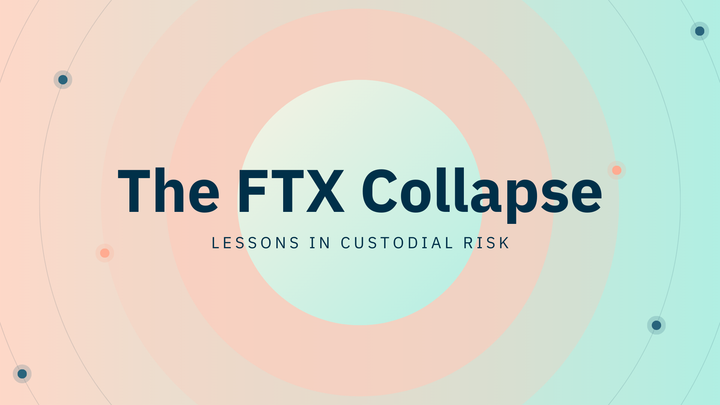Circle’s NYSE Debut, The Moment Stablecoins Went Mainstream

From Crypto Curiosity to Wall Street Credibility
What happens when a stablecoin company not only enters Wall Street but dominates it? On June 5, 2025, Circle Internet Group—issuer of USD Coin (USDC)—staged one of the most explosive IPOs in recent history. Opening at $69 and surging as high as $103.75 before closing at $83.23, Circle’s debut marked a 168% gain over its IPO price of $31. For the crypto industry, this wasn’t just another bullish headline—it was a seismic validation of stablecoins as credible, investable assets.
This article explores the implications of Circle’s NYSE debut for institutional finance, the rising adoption of stablecoins, and how Circle’s success could serve as a blueprint for the next wave of crypto companies preparing to go public.
Circle’s IPO: Institutional Validation for Stablecoins
A Market-Defining Performance
Circle’s IPO raised $1.05 billion through the sale of 34 million shares, far exceeding its initial target and valuation. Investor demand was off the charts—25 to 30 times oversubscribed—driving the company's market cap from $6.8 billion at IPO pricing to nearly $18 billion on day one, and over $22 billion by day two.
Institutional investors took notice. Cathie Wood’s ARK Invest aimed to purchase up to $150 million in shares, and BlackRock reportedly eyed 10% of the offering. This wasn’t speculative crypto frenzy—it was calculated exposure to regulated digital finance infrastructure.
From SPAC Failure to NYSE Triumph
Circle's 2025 IPO followed a failed SPAC merger attempt in 2022. This time, regulatory clarity and improved market conditions cleared the way for a direct listing. Circle's perseverance not only paid off financially but also symbolized the maturing of crypto firms from volatile upstarts to serious contenders in traditional capital markets.
The Stablecoin Surge: Regulation, Utility, and Enterprise Adoption
The Regulatory Tipping Point
The stablecoin boom is increasingly underpinned by formal regulation. In the U.S., the GENIUS Act advanced in the Senate with a 66–32 vote in May 2025. This bill aims to establish clear standards for how stablecoins are backed and managed, focusing on transparency and anti-money laundering compliance.
This clarity helps resolve long-standing concerns among institutional investors, allowing stablecoins to move from the margins of finance into its mainstream. Internationally, jurisdictions like Hong Kong have enacted similarly robust frameworks, creating a foundation for global adoption.
Stablecoins as Institutional Tools
Stablecoins are no longer just trading instruments. With USDC now facilitating $1 trillion in monthly transactions and over $25 trillion in total on-chain volume, their role as cross-border payment tools is becoming entrenched.
Circle’s launch of the Circle Payments Network (CPN) in May 2025 is a game-changer. By enabling B2B transfers through blockchain rails, and bringing on banks like Santander and Société Générale, Circle is proving stablecoins can outperform traditional systems on speed, cost, and settlement efficiency. As banks and enterprises increasingly use USDC for treasury and international operations, the bridge between traditional and digital finance grows stronger.
What’s Next: IPO Ripple Effects and the Long-Term Outlook
The New Crypto IPO Wave
Circle’s listing has already inspired others. Bullish, backed by Peter Thiel, and Gemini, led by the Winklevoss twins, filed confidential IPO applications shortly after Circle’s debut. With Jefferies, Goldman Sachs, and Citigroup backing these efforts, it’s clear that major financial institutions are now willing IPO partners in the crypto space.
Factors accelerating this trend include:
- Supportive regulation: The Trump administration’s more crypto-friendly stance has made IPO filings less fraught with regulatory risk.
- Bullish markets: Bitcoin crossing $100,000 and a $3.15 trillion total crypto market cap have reinvigorated investor appetite.
- Proven financial models: Circle's $1.68 billion in 2024 revenue, primarily from interest on reserves, and $155 million in net income show stablecoins can be profitable and sustainable.
Stablecoins in Traditional Finance
The long-term outlook for stablecoins points to deeper integration with institutional finance. From real-time settlement to FX and cash management, stablecoins offer unmatched utility. Société Générale is even planning to launch its own dollar-backed stablecoin—USD CoinVertible—on Ethereum and Solana, signaling that legacy finance no longer sees stablecoins as a threat but as a tool.
As traditional banks issue their own stablecoins and adopt those like USDC, we’re likely to see:
- Increased competition and innovation in the stablecoin space.
- More enterprise-grade use cases for blockchain payments.
- A gradual shift toward 24/7 programmable money systems.
A Blueprint for the Future of Digital Finance
Circle’s blockbuster IPO is more than a Wall Street victory—it’s a turning point in the financial evolution of stablecoins. It confirms institutional investors are ready to back regulated digital infrastructure, and that crypto firms, when aligned with compliance and transparency, can thrive in public markets.
Practical Takeaways:
- For investors: Circle offers exposure to digital assets without direct crypto risk.
- For companies: Regulatory alignment is key to tapping public capital.
- For institutions: Stablecoins are now viable tools for core operations, not just speculative assets.
What comes next? Will stablecoins replace legacy payment systems? Will every major bank launch a digital dollar of its own? As traditional and digital finance continue to merge, one thing is clear: the future of money is already being traded on the NYSE.



Comments ()